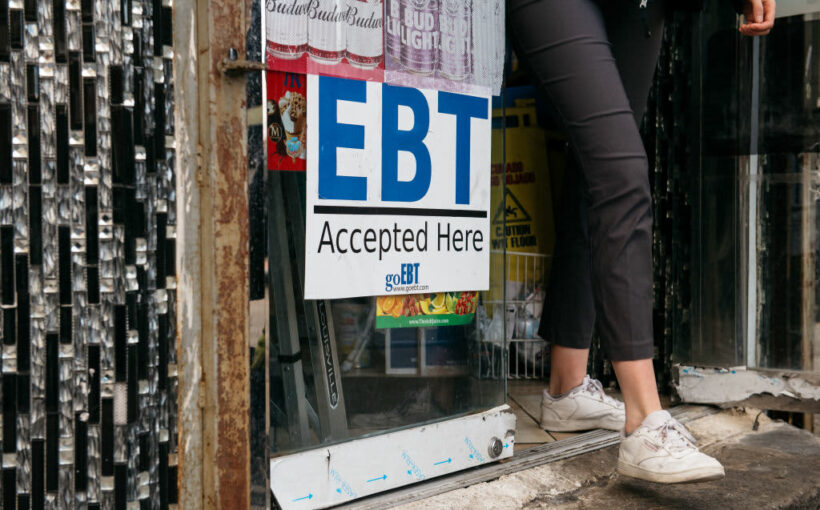- Shoppers who are part of the Supplemental Nutrition Assistance Program are feeling new pressure to stretch their dollars because of rising food prices and dwindling bank accounts.
- As the pandemic-fueled stimulus expires, consumer packaged goods companies will lose out on about $3 billion of sales from SNAP shoppers each month, according to research that IRI shared on Tuesday.
- IRI's Sally Lyons Wyatt said grocers and food makers must cater to the budget-strapped shoppers with smaller packs and affordable meal kits.
In this article
- KR
- DG
Shoppers who get federal food assistance have fueled double-digit growth for retailers and food manufacturers over the past year, but are now under growing pressure to stretch those dollars, according to market research firm IRI.
Some people who qualify for the Supplemental Nutrition Assistance Program, commonly known as food stamps, are unemployed. Others are working minimum wage jobs or juggling part-time hours along with child care. With clogged ports and truck driver shortages, transportation and raw material costs are rising, causing sticker shock at the grocery store.
Stimulus checks have largely been spent — and no additional ones appear on the way.
As that pandemic-fueled funding ends, consumer packaged goods companies will feel the pain, too, according to IRI research shared on Tuesday. The companies will lose out on about $3 billion of spending from SNAP shoppers each month. Those shoppers' spending power is declining, even as the Biden administration increased food assistance earlier this month and families received child tax credits.
Sally Lyons Wyatt, an executive vice president and practice leader for food and beverage at IRI, said economic headwinds, such as inflation, are "going to hit these houses more than anyone."
SNAP is a sales driver for major grocers like Kroger, big-box players like Walmart and discount chains like Dollar General and Aldi. About 16% of households across the U.S. — 42 million people in total — participate in the SNAP program. SNAP shoppers drive 12% of food and beverage sales online and in stores, according to IRI's research.
Over the pandemic, the impact of that group has only intensified. SNAP shoppers drove 19% of dollar growth for food and beverage retailers the 52-week period ended Sept. 5 versus the prior year, according to IRI. That's compared with non-SNAP shoppers who drove just 1% of dollar growth during that same time.
Lyons Wyatt said food and beverage companies and retailers must come up with new approaches to serve shoppers who need budget-friendly ways to feed their families — or risk losing a significant chunk of business. She said they should consider small pack sizes and affordable bundles of food, such as a lower-priced spin on a meal kit. Retailers may want to carry different tiers of the same item, such as soups or canned beans of a value tier along with a standard and premium one, she said.
She pointed to creative efforts by grocers to help families eat healthy on a limited budget, such as offering nutritious recipes with simple ingredients or sponsoring a community garden for kids.
And she said companies will lose sales now and in the future if they dismiss this group of shoppers. She said SNAP shoppers tend to be more loyal to retailers and brands. Plus, she said, catering to families who participate in SNAP can be a way to introduce themselves to future consumers, since many households have young children or teens.
"You will set yourself up for a lifetime consumer value proposition that might not be there if you just don't take an interest," she said.
Source: Read Full Article
